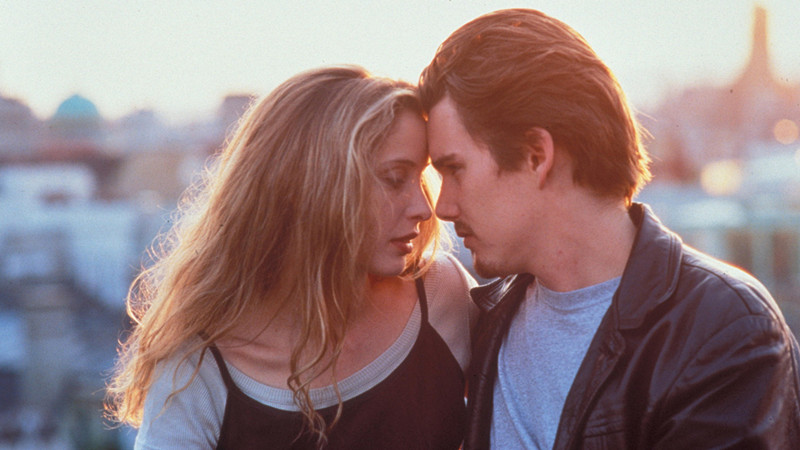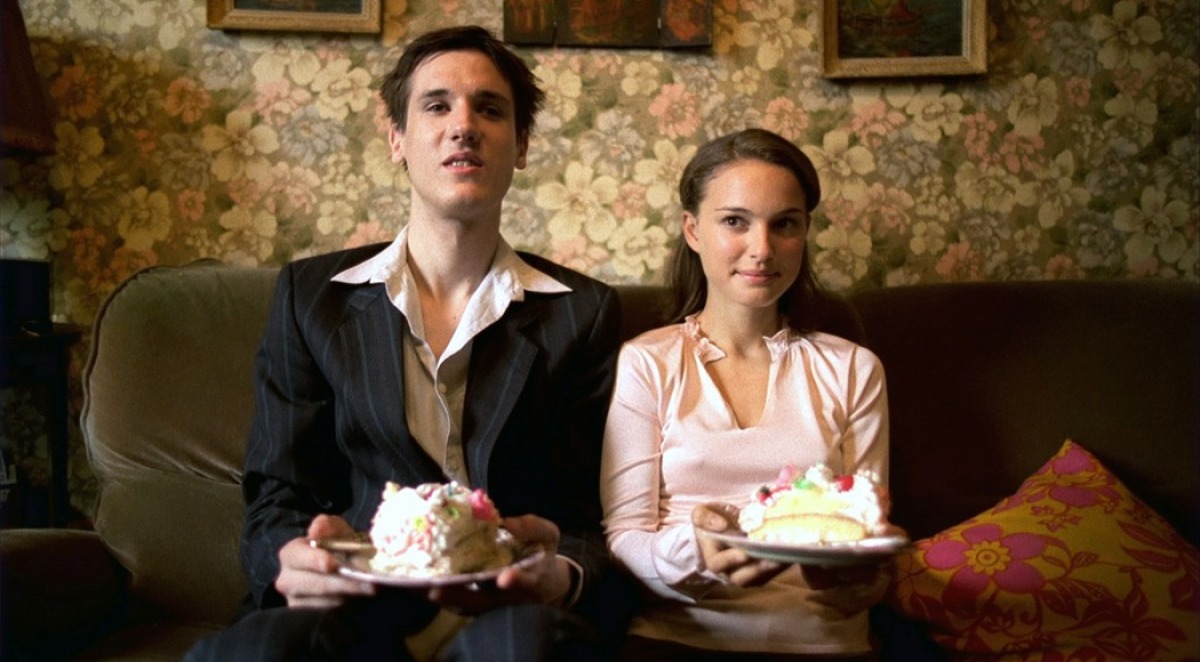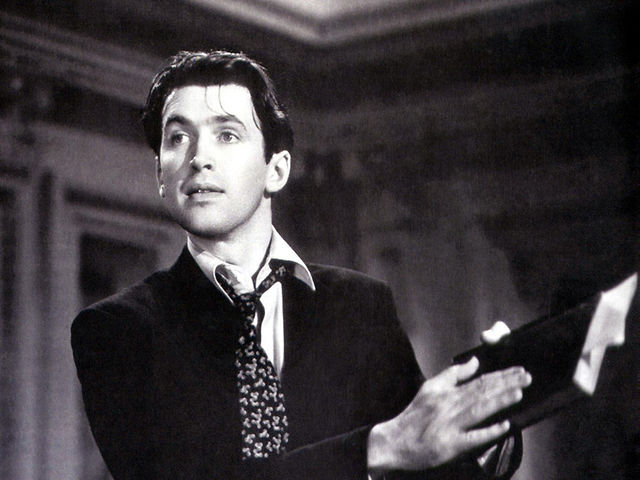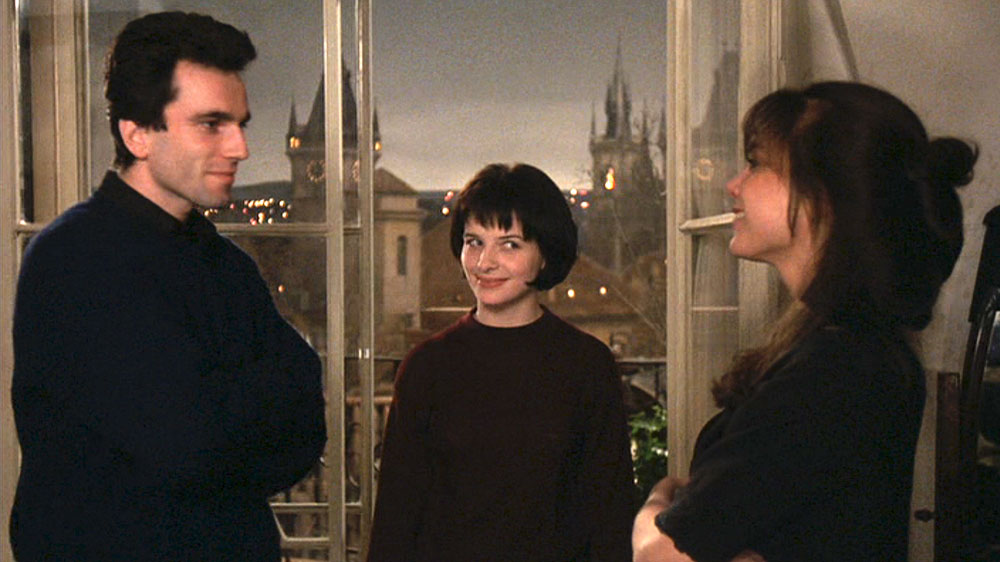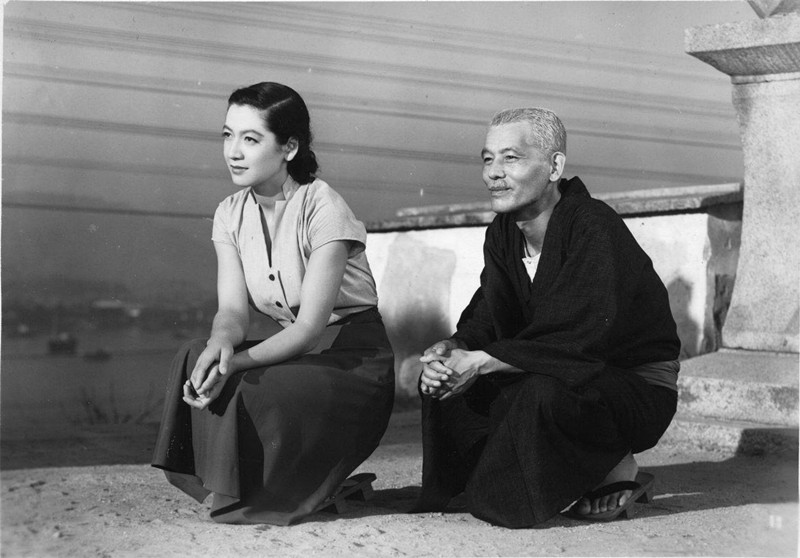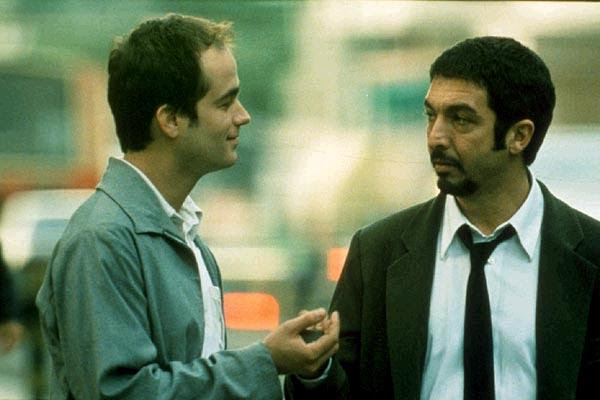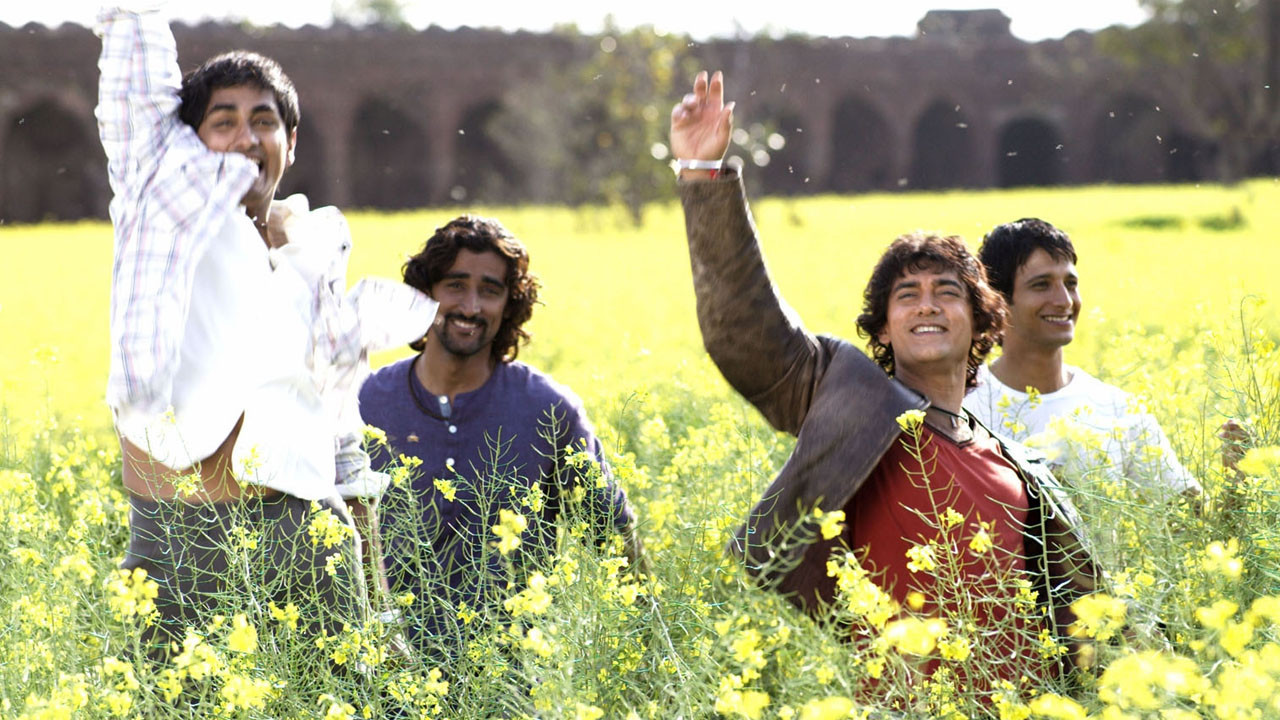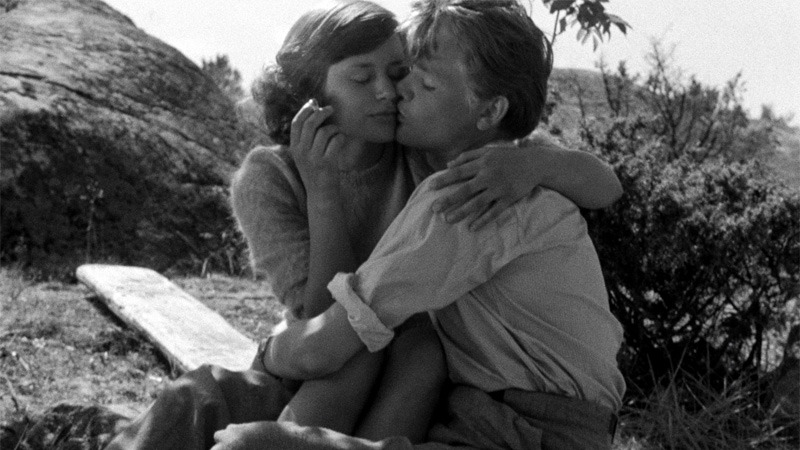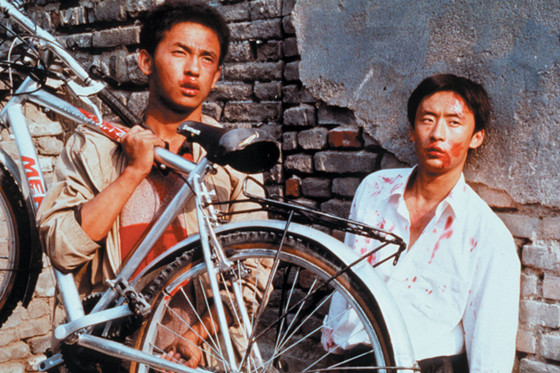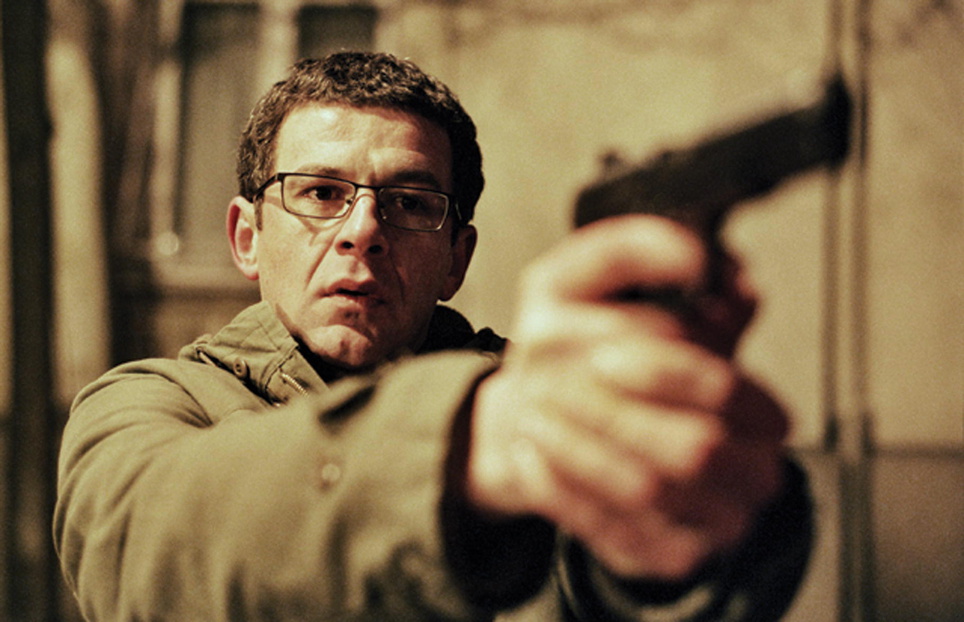Capital cities have always been the spoiled darlings of the tourist’s world. It’s hard to imagine any tourist offer without Paris, Rome, Cairo, Buenos Aires, Tokyo or Beijing. Often, the capital city is also the most beautiful and attractive city in that country. Of course, there a couple of exceptions (quite big exceptions) that prove the rule.
New York (the biggest cinematic city in the world) and Los Angeles are more famous than Washington D.C. is, Rio de Janeiro is far more attractive than Brasilia, Istanbul is way more popular than Ankara, arguably Barcelona over Madrid, Shanghai over Beijing or Munich over Berlin. But for the most part of the world, the statement earlier mentioned is true.
From the bohemian streets of Paris, to the difficult weather in London, to the technology of Tokyo, to the crowds of Ciudad de Mexico, large cities, capital cities, will forever remain muses of the gifted artists, who can transpose their beauty into words, images, colors and moving pictures.
Cities like Paris, Rome, London, Tokyo or Beijing are so popular that they even have films named after them. They constantly attract directors to come and shoot films within their premises and use their architecture, style and feel as an integral part of the story…and it’s not just the local directors that are interested in capital cities like these; foreign directors often come to the world’s greatest capitals the shot their movies and achieve success. This is a list of 30 such films set in world capital cities.
1. Paris Je T’Aime (collective directors, 2006) – Paris
It’s only natural that a city such as Paris has its special place on a list like this. Not only that but Paris had a film made especially for it. Not only that but some of the world’s most famous directors have gathered to contribute to this open love letter addressed to the city of love. The two-hour film consists of eighteen short films set in different arrondissements.
The 22 directors include Olivier Assayas, Sylvain Chomet, The Coen Brothers, Gérard Depardieu, Wes Craven, Alfonso Cuarón, Nobuhiro Suwa, Alexander Payne, Tom Tykwer, Walter Salles, Vincenzo Natali and Gus Van Sant. Each of these directors has approximately five minutes to show off their skills in front the audience and in front of Paris. The Parisian moments are fused by transitional interstitial sequences and via the introduction and epilogue.
Each transition begins with the last shot of the previous film and ends with the first shot of the following film, extending the enchantment and the emotion of the previous segment, preparing the audience for a surprise, and providing a cohesive atmosphere.
From loneliness to adultery, from racial and sexual discrimination to acceptance and extended love and from poverty and misery to opulence and bourgeoisie; Paris has it all and more. But the main theme is, of course, love. Through its neighborhoods, love is veiled, revealed, imitated, sucked dry, reinvented and awakened.
2. Mr. Smith Goes to Washington (Frank Capra, 1939) – Washington D.C.
Washington D.C. may not be as popular as New York, Los Angeles or Chicago, but it was sure good enough to make Frank Capra’s 1939 film “Mr. Smith Goes to Washington” a masterpiece. This film is director Frank Capra at his best and features the classic Hollywood director’s favorite actor: James Stewart.
In the typical Frank Capra fashion, the film is the story of naive and idealistic Jefferson Smith (James Stewart), leader of the Boy Rangers, is appointed to the United States Senate by the spineless governor of his state. Taken by surprise, Smith hesitantly takes the job hoping that in the end he can do some good to his community from Washington.
In the country’s capital, he is reunited with the state’s senior senator and childhood hero, Senator Joseph Paine. In Washington, however, Smith discovers many of the shortcomings of the political process as his earnest goal leads to a conflict with the state political boss, Jim Taylor.
Taylor first tries to corrupt Smith and then later attempts to destroy Smith through a scandal. If at first, Smith was elected because it was thought that his naïveté will make him easy to manipulate, later on the cynic politicians will discover the power of the earnest man. Although the film refers more to Washington D.C. as the seat of power rather than the city himself, Capra captures the appealing buzz of the city in the late 30’s and (willingly or not) makes Washington D.C. an important character of the film.
3. The Unbearable Lightness of Being (Philip Kaufman, 1988) – Prague
Successful surgeon and lady-killer Tomas (Daniel Day-Lewis) leaves Prague for an operation, meets a young photographer named Tereza (Juliette Binoche), and brings her back with him. Tereza is surprised to learn that Tomas is already having an affair with the bohemian Sabina (Lena Olin), but when the Soviet invasion occurs, all three flee to Switzerland. Sabina begins an affair, Tom continues womanizing, and a highly disgusted Tereza, returns to Czechoslovakia.
Realizing his mistake, Tomas decides to chase after her. The movie is adapted from the acclaimed Milan Kundera novel of the same name. Although the film was not shot entirely in Prague the bohemian spirit is there.
Prague is well deserved of its reputation of a city of love but Kundera’s characters seem to take it a step further. The city and its turbulent events from the mid-20th century are just the backdrop for the love triangle but, in film, a city with a stunning beauty such as Prague can never be ignored.
4. Lisbon Story (Wim Wenders, 1994) – Lisbon
“Lisbon Story” is partially a sequel to Wenders’ 1982 film “The State of Things”. This time, the fictional movie director Friedrich Munro has moved to Lisbon, but he is no longer the lead of the film. The principal character is sound engineer Philip Winter, who receives a postcard invitation from Friedrich to come to Lisbon to record sounds of the capital city for his forthcoming film.
On arriving, the director is nowhere to be found, though he leaves cryptic messages. Left alone Philip wanders through the city discovering its pictorial architecture. Meanwhile, Munro seems to be doing the same thing; just walking the streets of Lisbon with his camcorder trying to capture unseen footage of the great city. The sound engineer doesn’t meet up with the director until the end of the movie, when Philip persuades Friedrich to finish the movie.
Legendary Portuguese director Manoel de Oliveira, who at that time was the oldest living active film director in the world, makes a cameo appearance.
5. Tokyo Story (Yasujiro Ozu, 1953) – Tokyo
In the small coastal village of Onomichi, an elderly retired couple lives a peaceful life with their youngest daughter, who is a local teacher. One day they decide to travel in a long voyage by train to Tokyo to visit their children, the doctor and oldest son and the hairdresser and oldest daughter. However, the two prove to be indifferent and selfish people who cannot afford time to spend with their parents.
The only person in Tokyo that offers them attention is the widow of their second son who takes them sightseeing through the city. The couple soon realizes that their children do not have time for them and they decide to return to Onomichi. Along their trip, the husband does not feel well and they stop in Osaka to visit their youngest son. By the time their children realize their wrongful behavior towards their parents it may be too late.
Ozu’s film is without a doubt a masterpiece as it excels in at least three directions; it is rigorous, the characters are very believable and the cinematic construction is clear and plain.
As for Tokyo? Well, Tokyo seen through the eyes of an elderly couple from a small village is very impressing; and that’s saying a lot because Tokyo presents itself as impressive to anyone in the world, no matter where they live. Perhaps in a conscious attempt the sadness that deepens in the souls of the two elders rivals in power with the beauty of the city.
6. Nueve Reinas (Fabian Bielinsky, 2000) – Buenos Aires
The city of Buenos Aires is home of tango, some of the most stunning architecture in South America but also a spiritual home of the hustlers. Juan is such a hustler and one day he is observed by fellow hustler Marcos while executing a bill-changing scam. Juan’s scam does not work all the way, so Marcos helps him out then takes him under his wing.
The newly formed team heads to a five-star hotel where Marcos meets his estranged sister Valeria in the reception. She tells him that Marco’s friend Sandler is very ill and wants to talk to him in the locker room. Sandler explains that he had forged a sheet of the valuable stamps, “Nueve Reinas”, using a picture he took from the collection that belongs to his sister. He also tells that a very important businessman named Vidal Gandolfo that is staying in the hotel is a collector of stamps.
The problem is he will leave the following morning. Without hesitation, Marcos distributes percentages to a network of swindlers to work with him convinced that such a score comes only once in a lifetime. What Marcos does not anticipate is that there are too many con artists in action luring each other and always finding new ways to scam each other. Even a big city like Buenos Aires can’t afford to have so many swindlers in one place.
7. Rang De Basanti (Rakeysh Omprakash Mehra, 2006) – New Delhi
A young idealistic English filmmaker, Sue, arrives in India to make a film on Indian revolutionaries Bhagat Singh, Chandrashekhar Azad and their contemporaries and their fight for freedom from the British Raj. Owing to a lack of funds, she recruits students from Delhi University to act in her docu-drama.
After a long casting session, she settles on five students that fit her vision of the characters: DJ (who graduated five years ago but still wants to be part of the University as he does not think there is a lot out there for him), Karan (the son of a wealthy industrialist), Aslam (a middle class Muslim boy), Sukhi (innocent and vulnerable with a soft spot for girls), Laxman (a fundamentalist who believes in politics) and Sonia (a vivacious spirit and sort of a tomboy).
Through her film, Sue wishes to showcase to the world the efforts of these young revolutionaries and the enormity of their contribution to the freedom movement in India. But she manages to do more than that; she captures the spirit of contemporary India and contemporary New Delhi by allowing her five subjects to just be their selves and show the audience the spirit of the city they love and the joy of being alive.
8. Summer with Monika (Ingmar Bergman, 1953) – Stockholm
The 50’s are considered by some to be Ingmar Berman’s best period. Of course, this is arguable as Bergman has had a magnificent career but just think of “The Seventh Seal”, “Wild Strawberries” and the controversial “Summer with Monika”, to understand this point of view. The film sparked controversy for its frank depiction of nudity and features one of Bergman’s many muses, namely Harriet Anderson.
The story begins in the bleak working-class of Stockholm, where Harry and Monika (Harriet Andersson) – both in dead end jobs – first meet. Harry is easygoing, while Monika is adventurous, but that does not stop them from falling in love. When Monika gets in trouble at home, Harry steals his father’s boat, and he and Monika spend an idyllic summer in the Stockholm archipelago. When the end of the summer forces them to return home, it is clear that Monika is pregnant.
Harry happily accepts responsibility and is looking forward to settling down, getting a real job and continue his studies. Monika, however, is unsatisfied with her role as homemaker as she yearns for excitement and adventure, a desire that finally leads her astray. Harry is left behind with the child.
The story is simple, but it forces us the viewer to think about freedom, love, oppression, decision, and about the things one can or cannot change. It can be still viewed today as a fresh, dark love story that takes the audience through the bad and the good of Stockholm and its surroundings and then through the bad and the good of Harry and Monika.
9. Beijing Bicycle (Wang Xiaoshuai, 2001) – Beijing
A guaranteed fact is that no one (no matter what country they come from) will be able to see this movie and not feel anything. The film tells the story of a seventeen-year-old country boy working in Beijing as a courier whose bicycle is stolen.
Unlike “Bicycle Thieves” (the classic Italian movie with a seemingly similar plot), the boy finds his bicycle, with a schoolboy of his age, and stubbornly tries to reclaim it in the face of great odds because for him his bicycle is the key to the teen society of Beijing. For the bicycle thief to lose the bike would mean humiliation, so the two young men begin an almost absurd fight to claim the bicycle and the respect of those around them.
“Beijing Bicycle” is a deeply human odyssey that never loses its rhythm. Though there is little dialogue and the characters communicate mostly with body language (long silences, and facial expressions) the actors perform their roles with astonishing authenticity becoming integrate and important pieces of the ever fascinating city of Beijing. Parts of the film are emotionally upsetting, but there is also a sweet innocence at play as this is still (in the end) a fight between two boys becoming men.
10. The Trap (Srdan Golubovic, 2007) – Belgrade
The countries of Eastern Europe have been through a lot during the 20th century – the worst of them all being of course the communist regime. Among these countries the ones in the Balkan region had it the worse because after the fall of communism in 1989 came the dissolution of Yugoslavia that led to a lot of bloody civil wars in the early 90’s.
Srdan Golubovic’s “The Trap” talks about the transition era that the Serbian society had to overcome and the violence that plagued the once flourishing city of Belgrade. “The Trap” is a film about post-Milosevic’s Serbia, in which there is no more war, but there is moral and existential desert in which human life still doesn’t worth a lot and a normal life that still seems unreachable.
This is the setting in which ordinary man Mladen becomes a hitman to pay for his son’s operation. Just like Raskolnikov (the anti-hero of “Crime and Punishment”), Mladen is eaten by his guilty conscience and is no longer sure that the end justifies the means.
